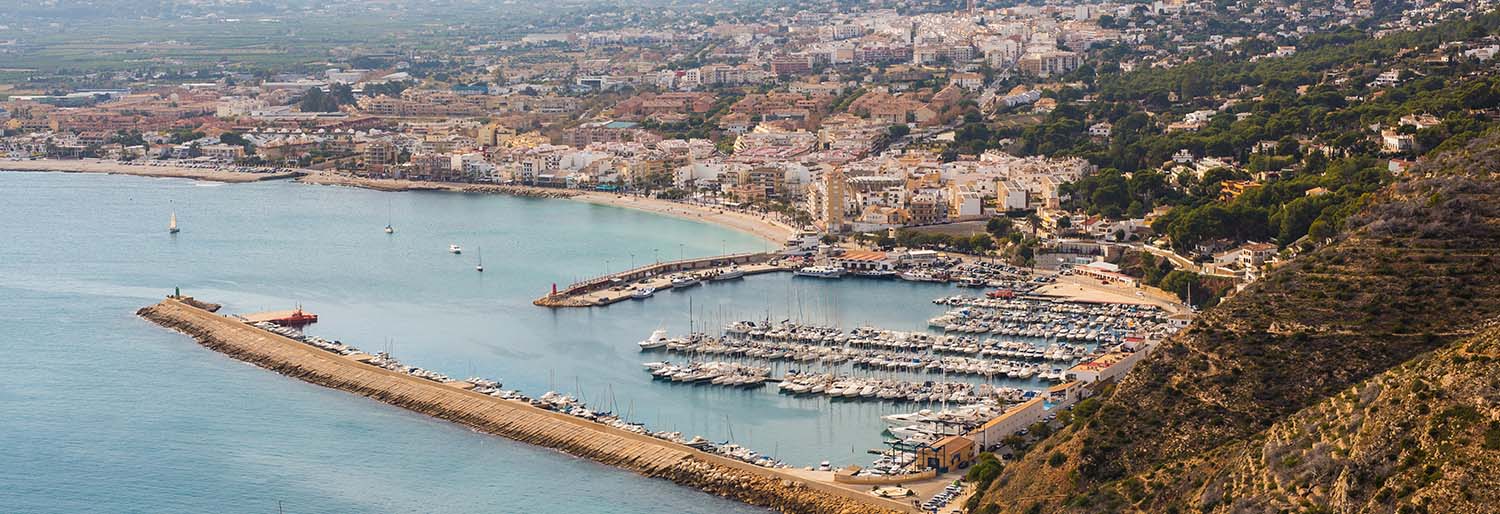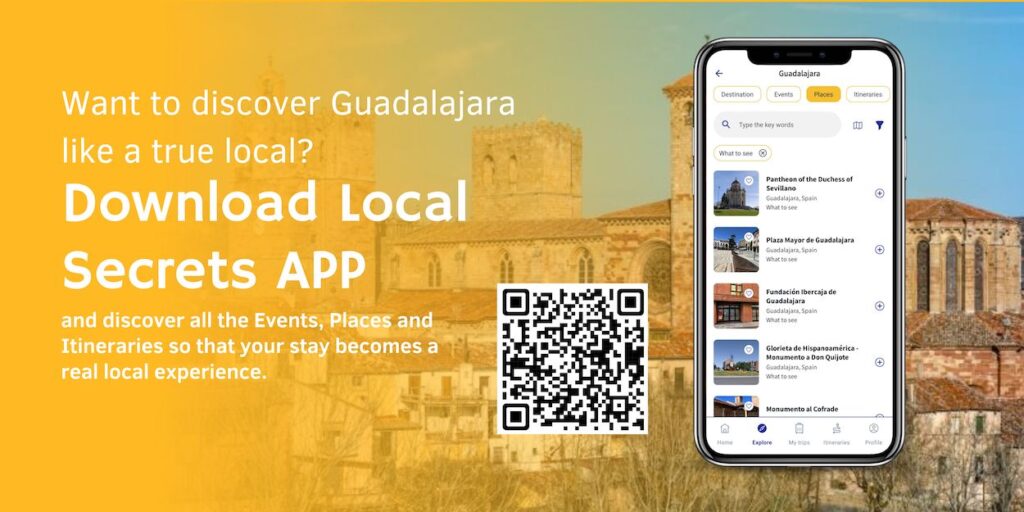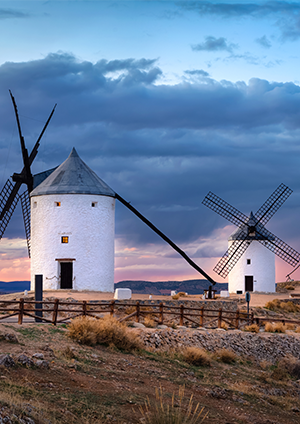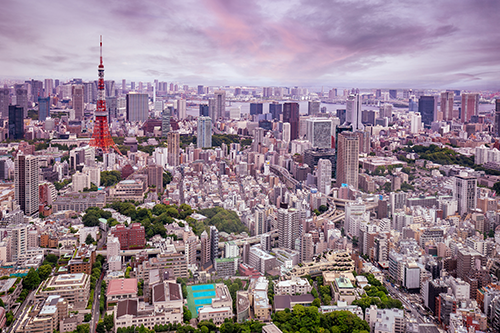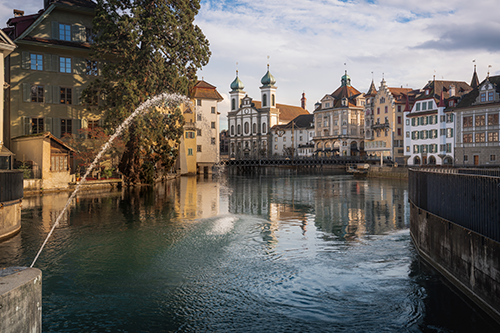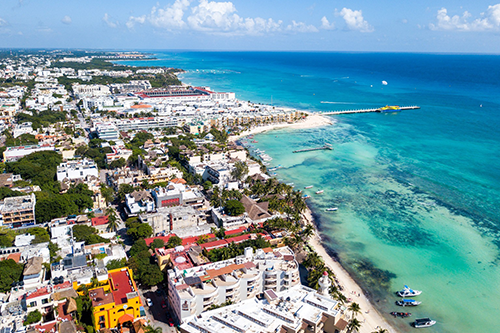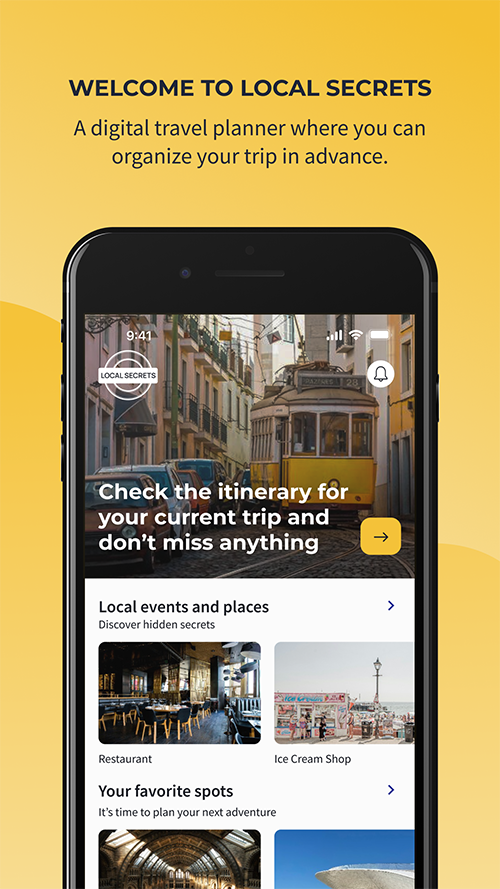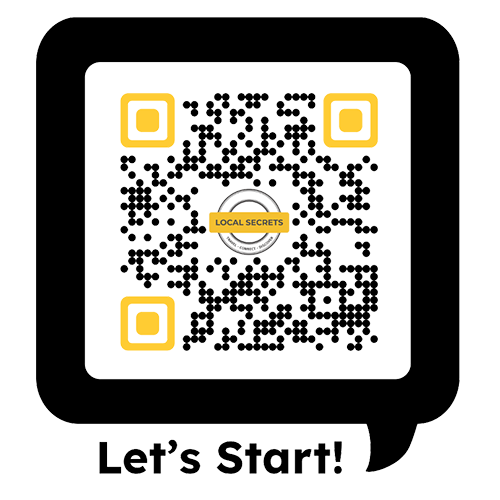Javea
Jávea, or Xàbia if you’re feeling local, is a small coastal town tucked between mountains and the sea on Spain’s Costa Blanca. It’s about halfway between Valencia and Alicante, so getting there is pretty easy if you’re cruising along the Mediterranean.
The town has around 27,000 people, but that number jumps big time when summer hits. It’s one of those places that’s still got charm even when it’s busy. The average annual temperature is a sweet 18°C, so you’re rarely freezing or melting — perfect weather for being outdoors.
Jávea welcomes hundreds of thousands of visitors every year. People go there to chill, explore nature, eat ridiculously good food, and enjoy the slower pace. It’s a mix of coast, hills, and that kind of warm small-town vibe that feels real.
The best time to go? Definitely spring and early autumn — you skip the tourist waves but still get all the good weather and local life.
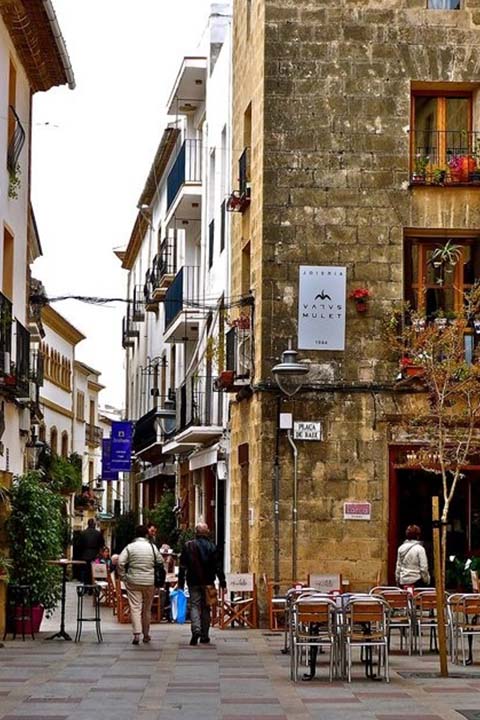
Xàbia old town
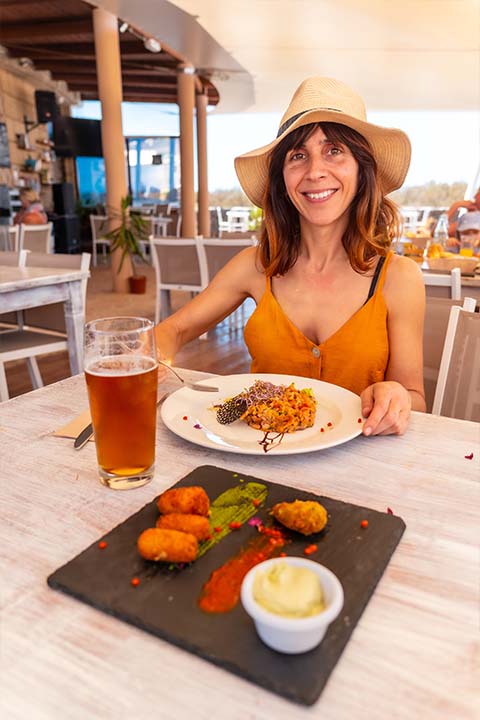
Typical food from Xàbia
Arriving to Jávea
Jávea (or Xàbia, as it’s called in Valencian) is this laid-back coastal town on Spain’s Costa Blanca that kind of sneaks up on you with its charm. It’s not flashy or overcrowded — it’s just naturally cool. You’ll find it roughly halfway between Valencia and Alicante, so getting there is pretty easy. You can land in either city and then take a bus, rent a car, or grab a BlaBlaCar and enjoy the coastal road trip. It’s about 1.5 to 2 hours either way, and totally worth the ride.
When it comes to where to stay, it really depends on your vibe. If you like local energy and being close to shops, cafés, and the market, Xàbia Pueblo (the old town) is your spot. Prefer beachy mornings and walks by the sea? Head to El Arenal, which is more modern and full of restaurants. And if you’re into quiet and nature, Portitxol or La Granadella are perfect for a chill stay close to coves and hiking paths.
Getting around is super doable. If you’re staying central, you can walk almost everywhere. There are local buses too, but a bike or a rental car will give you more freedom, especially if you want to check out hidden beaches or go hiking in the Montgó Natural Park. Parking can get tricky in high season, so plan smart if you’re driving.
Food in Jávea is all about the sea. Fresh fish, grilled octopus, and all kinds of rice dishes are part of the daily rhythm. The local version of paella, seafood stews, and those little tapas that go perfectly with a cold beer are musts. Also, if you’re into sweets, try the coca de llanda or local pastries at a family-run bakery. Oh, and don’t skip the local wine — the Marina Alta region has some hidden gems.
There’s a lot to see, even though it’s a small town. You’ve got cliffs, coves, the old fishermen’s port, watchtowers, and epic viewpoints. It’s perfect for sunrise missions or just wandering with no map. Want to do more than just look around? Go kayaking, paddleboarding, hiking, or even snorkeling. And honestly, just sitting on a terrace with a view, eating something good and listening to the sea — that’s already a whole experience.
Accomodation
Looking for a unique hotel experience?
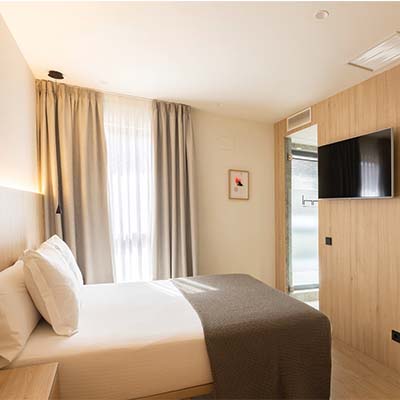
Local Secrets has selected a variety of unique hotels that make lodging a special experience. These hotels share the vision of quality and service that we want for our travelers.
Want to feel like home?

Local Secrets has developed a network of professional experts in tourist accommodations committed to quality and service to guarantee a unique experience to our travelers.
Currency: The official currency of Jávea is the Euro (EUR). 1 € is equivalent to 1.09 USD.
Keep in mind before travelling to Jávea
Jávea is one of those towns where the sea, the mountains, and the fiestas all blend into a pretty epic Mediterranean combo. It’s got that chill vibe but also knows how to throw down when it’s time to celebrate. All year round, the calendar’s full of local festivals that bring the streets to life and make you feel part of something real.
One of the biggest highlights is the Fogueres de Sant Joan in June, with fire, music, and a whole lot of partying. There’s also the Mare de Déu de Loreto in the port area, which includes a maritime procession that’s super emotional. Other major events include Semana Santa, the Moros i Cristians in July, the Festa del Nazareno, the Fira i Porrat de Sant Antoni in January, and the fun and food-filled Festa de la Vendimia celebrating the grape harvest.
If you’re up for exploring beyond Jávea, there are some awesome day trip spots nearby. You’ve got Denia, Calpe, Altea, Moraira, Benissa, and Gata de Gorgos — each one with its own mix of beaches, markets, and local character. Perfect if you want to switch it up without going too far.
Tips to visit Jávea
eople from Jávea are called xabieros (or xabieres if you’re talking about the ladies), and they’re usually super friendly and relaxed. When it comes to greetings, a casual “hola” or “bon dia” in Valencian works perfectly — and if there’s trust, two cheek kisses are pretty standard.
In Jávea, most people speak Spanish and Valencian, and you’ll hear both all over town. With so many expats around, you’ll also bump into quite a bit of English and even German.
Locals usually eat lunch around 2:00 PM and dinner after 9:00 PM, and they love to take their time with food. Businesses often run from 10:00 to 14:00, then close for siesta, and reopen from 17:00 to 20:30.
Tipping isn’t mandatory, but if service was good, leaving 5–10% is appreciated. Spain has a public healthcare system, and there’s a local health center in town. Dress code? Beach-casual almost all year. Expect to hear expressions like “quina calor!” (it’s so hot!) or “anem a fer una cervesa” (let’s grab a beer!).


